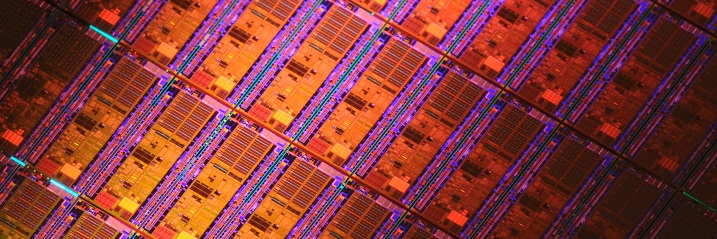Intel’s successor to Atom has appeared in leaked data sheets and the news are many. Valleyview will be equipped with the same graphics architecture as Ivy Bridge and will ship in multiple configurations; with one, two or four cores.
Valleyview is the next generation Atom processor that is part of the Bay Trail platform and will be implemented as a SoC (System-on-a-cip) with the entire platform in one chip.
It is not clear if the base architecture is the same or if Valleyview will bring a new Atom architecture that can do IPC (Instructions per clock) we have been hearing rumors of. Valleyview comes in several flavors with one, two or four cores. Each core has 512 kilobyte L2 cache. Depending on model and market the frequencies will be between 1.2 to 2.4 GHz, but it looks like the retail models will land between 1.7 GHz and up. Worth noting is that Valleyview has ”Burst” technology, which is a Turbo function for dynammic overclocking when needed.
The processor supports virtualization but also ECC, which is a sign for Intel aiming for the professional markets and servers in the future. The processors supports dual channel memory, but with a 64-bit memory bus the bandwidth will be limited and if the ECC support is used you are limited to a single channel. There is support for up to 8 GB DDR3L-1066/1333 memory, and LPDDR2-800 for the energy efficient versions of Vallyeview.
The graphics is based on the same Gen 7 architecture as in Ivy Bridge. Unlike mobile Ivy Bridge processors with 16 exeuction units Valleyview will only get four and the clock frequency is yet to be revealed. Intel estimates that the graphics performance will be four to seven times better than the current Z600 series, which is the current line for tablets.
The platform also gets a more advanced media logic, VXD392 from Imagination Technologies, for accelerating playback of video, but also off-loading the processor. Valleyview will be capable of decoding 1080p 60 FPS videos, the transcoding support will be at the same resolution but only 30 FPS. According to the Intel data sheet the processor will be loaded three to five percent, thanks to the new logic.
The processor is a so called SoC design with everything integrated on the same silicon, where we find support for two SATA 2.0, four USB 2.0, one USB 3.0 and Gigabit Ethernet.
Intel has divided Valleyview into four segments:
- Valleyview-T for tablets and small formfactors
- Valleyview-M for netbooks and small notebooks
- Valleyview-D for entry level desktops
- Valleyview-I for industrial applications
The processor is made in two different packages. Type-4 will be used for Valleyview-T that measures 17 x 17 millimeter and has several energy optimizations, support for LPDDR2 memory, a single SATA port and no Gigabit Ethernet. Type-3 will be used for other Valleyview version and sports all functions, but Intel will probably deactivate some functions to segment the processors in the Valleyview-M, Valleyview-D and Valleyview-I series.
The big question is when the launch will be, which is yet to be revealed. Valleyview was intended to be released early next year, but it will probably take until Q4 2013. This is most likely due to the problems Intel ran into with its alternative 22 nanometer LP technology. It is a tailored node for reducing leakage and heat development, which will be used with its most efficient products like Valleyview and smartphone processors.
Source: Baidu via ComputerBase
























Leave a Reply